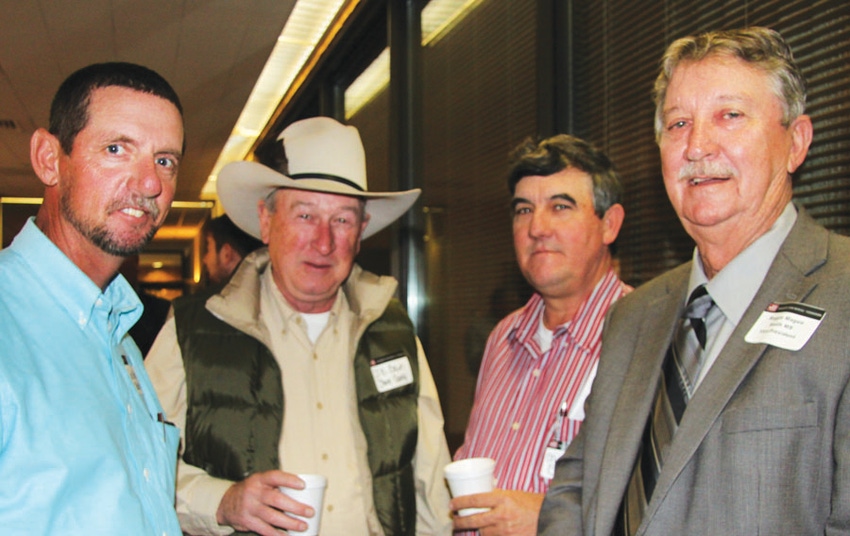
Boll weevil-free status must be guarded to prevent reinfestation
"It now appears that the time has come" for a buffer zone on the south Texas/Mexico border to stem the tide of weevils coming across the Rio Grande River into the U.S., says Farrell Boyd, manager of the Mississippi Boll Weevil Management Corporation. The move is needed, he says, as a preventive measure for states east of Texas that are weevil-free

While cotton states east of Texas have been declared weevil-free following the years-long boll weevil eradication program, continued vigilance is needed to prevent reinfestation, says Farrell Boyd, manager of the Mississippi Boll Weevil Management Corporation.
“Mississippi achieved eradication in 2008 and was declared weevil-free in 2009. Since then, we’ve been in a detect-and-protect mode,” he said at the annual commodity conference of the Mississippi Farm Bureau Federation.
Although eradication is essentially complete in Texas except for the Rio Grande Valley and a spot or two north of there, potential problems exist in the valley and across the border in Mexico, he says.
“When the boll weevil eradication program was first being discussed, the National Cotton Council in 1958 said we would one day need to form a buffer zone on the Mexico-U.S. border in order to prevent weevils coming into this country.
“It now appears that time has come,” Boyd says.
“The Rio Grande Valley had about 145,000 acres of cotton in 2012, and about 45,000 acres continues to be heavily infested with boll weevils. Just across the Rio Grande River in Mexico is about 5,000 acres of cotton. Although the area is in a boll weevil program, they stop spraying so early that the weevils build up and then just flood across into south Texas. They captured over 200,000 weevils down there last year.
“Another problem is that, in that environment and that climate, cotton grows year-round and will support boll weevil reproduction year-round. The weevil thrives in every crop down there — if a field was ever planted in cotton, no matter what the crop now being grown, it supports boll weevils, and that’s a serious problem.
“The Texas department of agriculture has taken some very strong regulatory steps to try and get this resolved, and they’re making a lot of progress, but there are still a lot of weevils in that region.”
That makes it unlikely, Boyd says, that weevil eradication in south Texas will be achieved there anytime in the near future.
“So, some kind of action needs to be taken pretty soon in order to prevent boll weevils from being transported, blown in, or otherwise moving into the eradicated portion of the cotton belt.”
The National Cotton Council’s Boll Weevil Action Committee, made up of producers from the various cotton-producing states, “recently suggested and is working on a policy to develop a plan for a buffer zone in the Rio Grande Valley and south Texas area in an attempt to head off weevils that might be coming out of Mexico and out of the valley into the rest of the U.S. cotton belt,” Boyd says.
“At this time, the plan hasn’t been completely worked out, but it is forthcoming. Cotton growing states will be asked to participate in supporting the buffer zone program through a national protection fund. We don’t know details yet, but it’s essential that this be done to protect the large investment cotton growers have made in this program over the years.”
In Mississippi, Boyd says, “We’re running traps for surveillance of all cotton in the state in order to detect any weevil that might be transported in, blown in, or enter through any other means. All other weevil-free states to our east are doing the same thing.
“We’re working closely with the Mississippi Bureau of Plant Industry to shortstop any cotton products and equipment coming from infested areas of south Texas and to make sure it’s weevil-free before it enters the state.
“I feel confident that we can handle reinfestation should it occur — but we certainly want to do all we can to prevent it.”
About the Author(s)
You May Also Like



